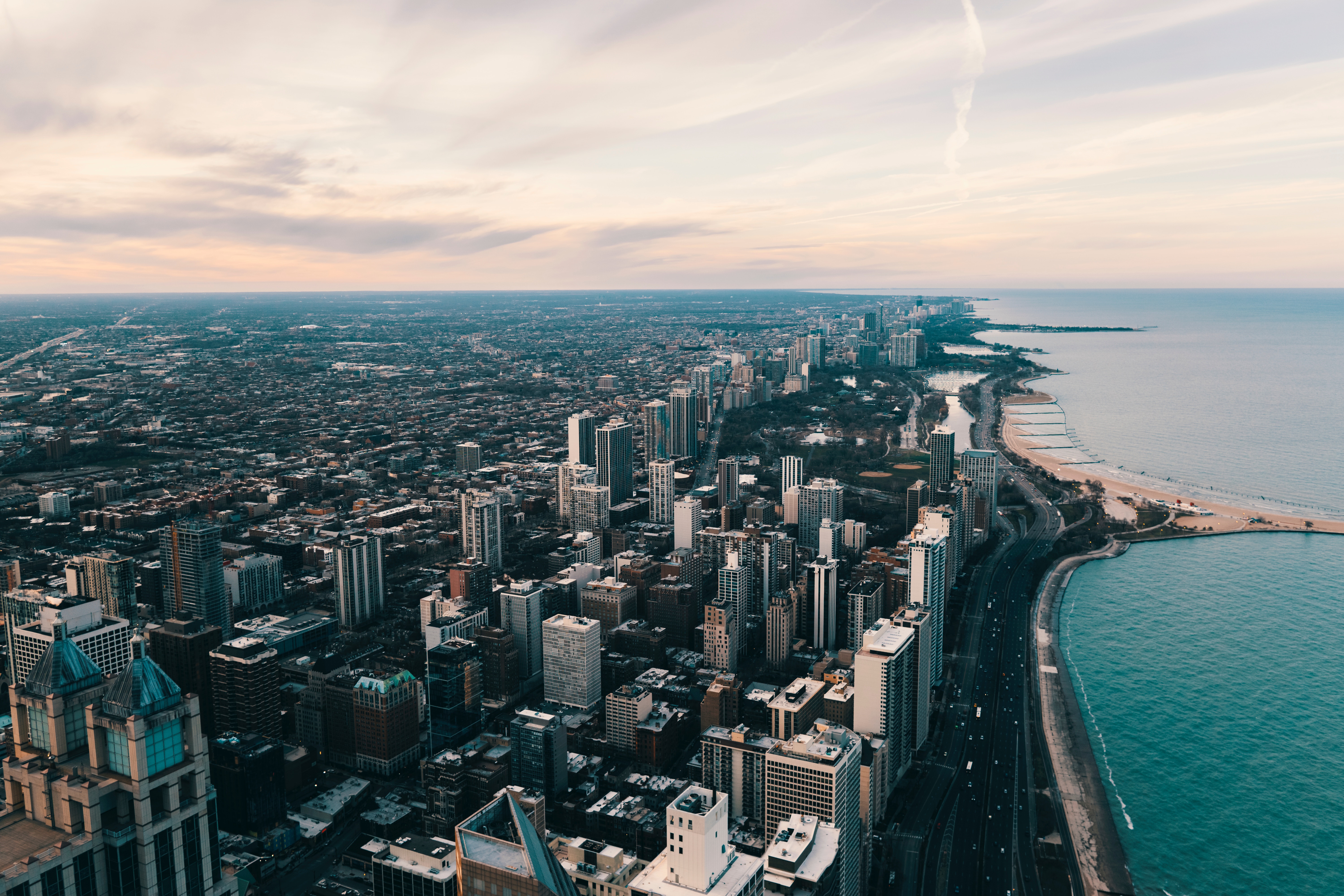During Earth Week in Chicago, topics such as energy and water typically take center stage. That makes sense. They are very visible in the city. Energy is inextricably linked to our transportation, our infrastructure, our work, our homes, and just about every other system in our daily lives. Water is existential, not to mention the fact that we have this great river and enormous lake to constantly remind us of its importance.
What often gets overlooked is biodiversity. Biodiversity is exactly what it sounds like. Biological diversity, or the diversity of all forms of life on our planet. When thinking about the plant and animal species on a planet, biodiversity of a cosmopolitan city like Chicago may not be the first place you picture. After all, natural areas comprise just 3% of Chicago’s area. But there are important biodiversity issues that require critical consideration for all life in the city.
As just one example of an urban issue around biodiversity, consider invasive species. Native species are plants and animals that have been in this area all along. They were here long before Europeans descended on the shores of the Chicago river. Invasive species are non-native species that can cause harm to our environment (or human health).
Consider the Asian carp. Asian carp are a species that are non-native to Chicago’s waterways. They are huge and eat an enormous amount of food that would otherwise be used by native fish. It doesn’t take long for Asian carp to out-compete the native species for resources, leading to declines in those species. This has the potential to alter the entire ecology of our water system.
You might be thinking “great, just keep them out, biodiversity problem solved.” Too late. Asian carp were brought to the United States to help clean wastewater treatment facilities. But another environmental hazard, flooding, caused the carp to enter the Mississippi River. The Mississippi leads to the Illinois River and Lake Michigan, courtesy of the manmade connection, known as the Chicago Sanitary and Ship Canal.
This invasive species has no predators in Chicago. Why would it, the species was not part of our biodiversity until recently? So, the best bet is to keep them out altogether before there becomes a sustainable population, permanently altering our ecology. Today, that service is being offered by electric dispersal barriers in the Chicago Area Waterway System.
And Asian carp are just one invasive species among a growing list that threaten the city’s plant and animal ecosystem. Plants, such as Chocolate Vine, Japanese Hops, and Wild Chervil have been banned by the City of Chicago. Insects such as the Emerald Ash borer and Asian Long Horned beetle have destroyed thousands of trees in Chicago. The City has put together guides to both land-based and aquatic invasive species if you want to learn more.
Invasive species are not the only threat to the region’s biodiversity. The loss of natural habitats, the over-exploitation of resources, climate change, the introduction of diseases, all contribute to the degradation and alteration of biodiversity. Heavy stuff to consider this Earth Week. To learn how technology such as predictive analytics, machine learning, and artificial intelligence are being used in the context of protecting biodiversity across our planet, read about AI for Earth and how it is helping to accelerate our understanding of this key issue.

